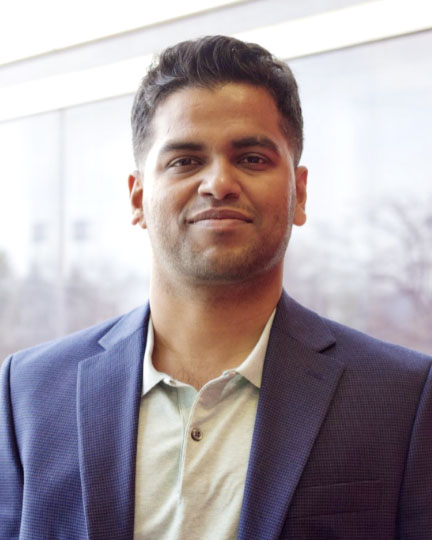Hosur and Giwa Predict Supersymmetry inside Weyl Semimetals, Publish in Physical Review Letters
When placed in a moderate magnetic field, many superconductors develop microscopic structures known as vortices, defined by current flowing in tiny circles without resistance. This is the realm of quantum mechanics and is characterized by quantized energy levels at the center of each vortex whose pattern encodes properties of the parent material that formed the superconductor.

These levels were determined a decade ago if the parent material was a metal or an insulator and nearly 60 years ago if the parent was a gas of free electrons.
Pavan Hosur, associate professor of physics, and former physics graduate student Rauf Giwa recently published “Superconductor Vortex Spectrum Including Fermi Arc States in Time-Reversal Symmetric Weyl Semimetals” in Physical Review Letters. In this work, Hosur and Giwa theoretically explored the quantum mechanical nature of these “superconductor vortices” in Weyl semimetals.
They derived the pattern of the quantized energy levels where the parent material was a type of semimetal dubbed Weyl semimetal (so named because, in many ways, it mimics Weyl fermions first proposed in particle physics as a description of neutrinos).
The research required technical innovations as traditional theoretical tools for metals and insulators fail for Weyl semimetals.
“The remarkable outcome was the prediction of “supersymmetry (SUSY)” – a hypothetical symmetry of nature that has evaded discovery for over half a century – inside the vortex,” Hosur said. “Remarkably, SUSY here can be achieved by simply pointing the magnetic field that produces the vortex in suitable directions. While this is a different type of SUSY than what has been sought in fundamental particle physics, it has the advantage of being accessible in tabletop experiments instead of multi-billion dollar particle accelerators where past searches have been conducted – in vain!”
Hosur says the next crucial step entails experimental verification of the theoretical predictions.